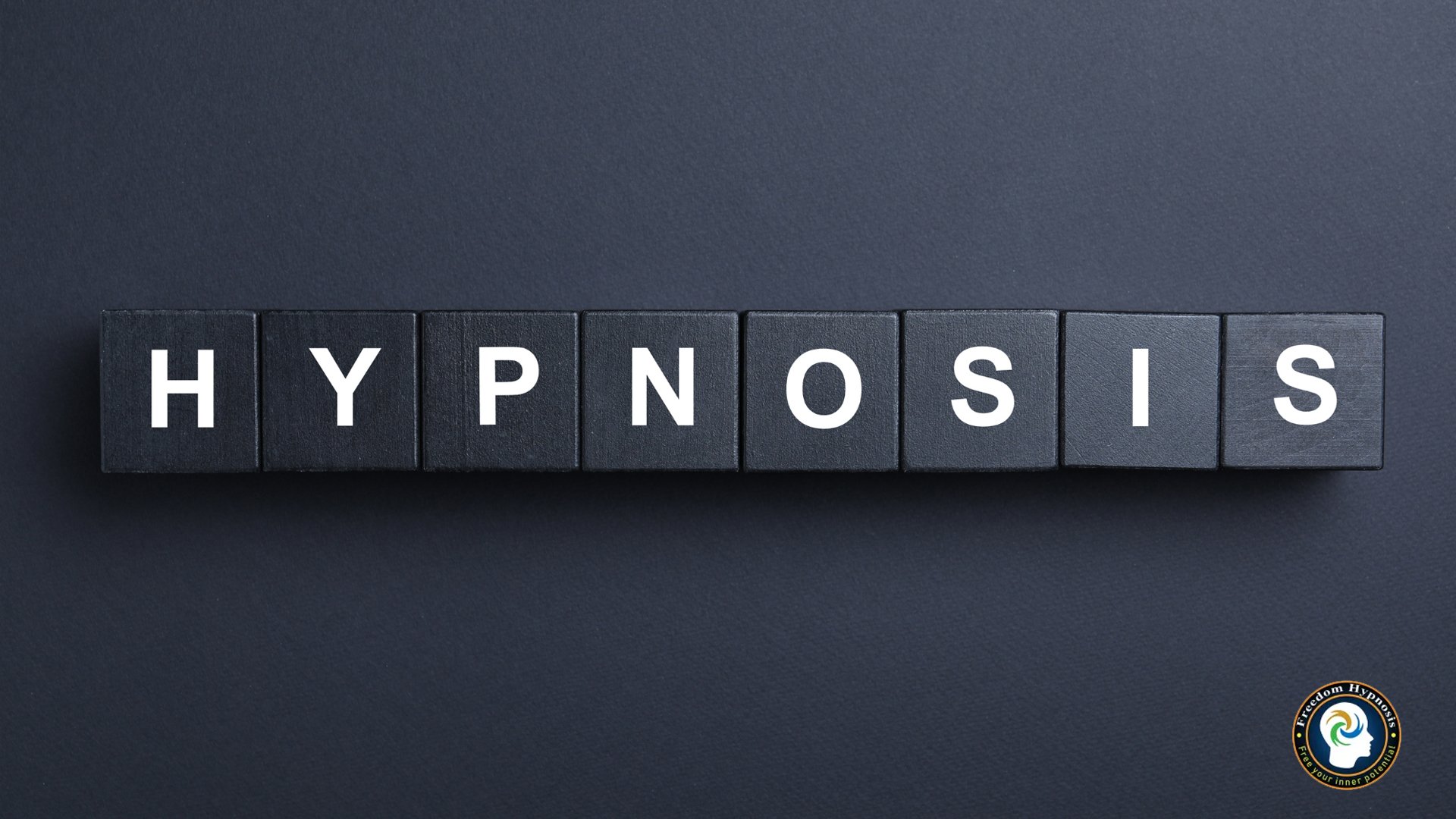
Introduction:
Hypnosis is a fascinating phenomenon that has captivated researchers, clinicians, and the public for centuries. Whether used for therapeutic purposes, entertainment, or personal growth, hypnosis involves a state of heightened suggestibility and altered consciousness that can bring about profound changes in perception, behavior, and emotions.
But how do you know if someone is under hypnosis? Are there any telltale signs or clues to help you recognize this elusive state? In this article, we’ll explore the top signs of hypnosis, including changes in breathing, eye movements, body language, altered perceptions, and feelings of relaxation and detachment.
Signs of Hypnosis – Understanding the Basics
Hypnosis is a state of altered consciousness that can bring about profound changes in perception, behavior, and emotions. It is often induced through relaxation techniques and suggestive language and is characterized by heightened suggestibility and concentration.
One of the critical signs of hypnosis is changes in breathing patterns and heart rate. During hypnosis, the breath tends to become shallow and slow, and the heart rate may also slow. A feeling of relaxation and detachment often accompanies this.
Another sign of hypnosis is eye movements and fixation. During hypnosis, the eyes may become fixed on a particular object or point or hurry from side to side. This relates to the brain’s visual information processing and can induce a trance-like state.
Altered body language and muscle tension are also common signs of hypnosis. During hypnosis, the body may become more relaxed, with decreased muscle tension and changes in posture and facial expressions. A feeling of deep relaxation and surrender often accompanies this.
One of the most critical signs of hypnosis is heightened suggestibility and concentration. In this state, the individual is highly responsive to suggestions and can focus on specific thoughts, images, or ideas. This can help change habits, overcome fears, or improve performance.
Finally, feelings of relaxation and detachment are common signs of hypnosis. During hypnosis, the individual may feel a sense of calm and tranquility and may experience a separation from their surroundings. This can help reduce stress, anxiety, and other negative emotions.
In summary, the signs of hypnosis are varied and complex and can be difficult to recognize without proper training and experience. However, by understanding the basics of hypnosis and its effects on the mind and body, it is possible to gain a deeper appreciation for this fascinating and powerful state of consciousness.
The Science of Hypnosis – Brain Waves and Trance States

Hypnosis has been a topic of fascination and mystery for centuries, but recent advances in neuroscience are helping us to understand the science behind this powerful technique. Specifically, research into brain waves and trance states sheds light on the underlying mechanisms of hypnosis and its effects on the mind and body.
Brain waves are patterns of electrical activity that can be measured using an electroencephalogram (EEG). Several types of brain waves are associated with varying states of consciousness and mental training. The most well-known brain waves are:
- Delta waves (0.5 to 4 Hz): These are the slowest brain waves associated with deep sleep and unconsciousness.
- Theta waves (4 to 8 Hz): These brain waves are associated with dreaming, meditation, and deep relaxation.
- Alpha waves (8 to 13 Hz): These brain waves are associated with relaxed wakefulness and calm focus.
- Beta waves (13 to 30 Hz): These brain waves are associated with alertness, focus, and active problem-solving.
- Gamma waves (30 to 100 Hz): These are the fastest brain waves associated with higher-order cognitive processing, such as attention, perception, and consciousness.
During hypnosis, the brain is thought to enter a state of altered consciousness characterized by changes in brain wave activity. Specifically, the brain may shift from beta waves (active wakefulness) to alpha and theta waves (relaxed focus and deep relaxation). This is often accompanied by heart rate, breathing, and muscle tension changes, which contribute to a feeling of calm and detachment.
The trance state induced by hypnosis is thought to be related to changes in brain wave activity and how the brain processes information. Specifically, during hypnosis, the brain may become more receptive to suggestions and less critical of incoming data. This can allow the hypnotist to suggest new ideas, behaviors, or ways of thinking the hypnotized individual may more readily accept.
In summary, the science of hypnosis is complex and multifaceted. Still, recent research into brain waves and trance states provides new insights into this powerful technique’s underlying mechanisms. Understanding the science behind hypnosis makes it possible to gain a deeper appreciation for its potential to help individuals achieve positive change and personal growth.
Signs of Hypnosis
Frequently Asked Questions
What are the symptoms of hypnosis?
The signs of hypnosis can vary, but some common ones include changes in breathing patterns and heart rate, eye movements and fixation, altered body language and muscle tension, heightened suggestibility and concentration, and feelings of relaxation and detachment.
How can you tell if someone is under hypnosis?
It can be challenging to tell if someone is under hypnosis, as the signs are often subtle and can vary from person to person. However, some common symptoms include a slow and shallow breathing pattern, fixed or rapidly moving eyes, relaxed body language, and increased susceptibility to suggestion.
What is the purpose of hypnosis?
The purpose of hypnosis can vary depending on the individual and the situation. Some common uses of hypnosis include improving performance, reducing anxiety and stress, overcoming fears or phobias, and breaking unwanted habits.
Is hypnosis a form of mind control?
No, hypnosis is not a form of mind control. While hypnotists can suggest new ideas or behaviors to hypnotized individuals, they cannot force them to act against their will or values.
Can anyone be hypnotized?
While most people can be hypnotized to some degree, the level of hypnotizability can vary from person to person. Some individuals may be highly susceptible to suggestions, while others may be less so. The ability to be hypnotized can also depend on factors such as the individual’s level of trust in the hypnotist, their ability to relax and concentrate, and their willingness to engage in the hypnotic process.
To Conclude
In conclusion, hypnosis is a complex and fascinating state that can be powerful and therapeutic when used correctly. By recognizing the signs of hypnosis, you can better understand this state and how it works and use this knowledge to enhance your well-being and personal growth.
Remember, hypnosis is not a magic trick or a quick fix but a tool to help you tap into your inner resources and unleash your full potential. So, the next time you encounter someone who may be under hypnosis, pay attention to the subtle yet distinct signs and be amazed by the power of the human mind.










